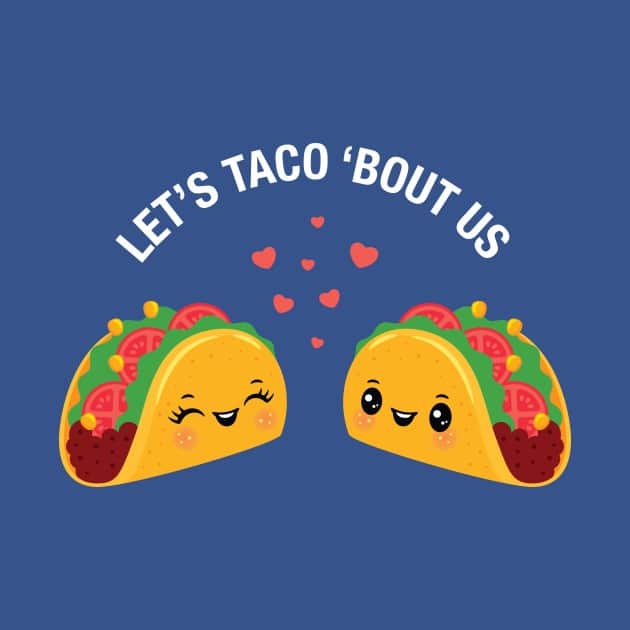March 1, 2020
Top to Bottom: Getting a Holistic View of Your Marketing Funnel
What comes to mind when I say TOFU, MOFU, or BOFU?
What if I told you they aren’t the newest health food craze? They are acronyms representing the different stages of the buyer’s journey as represented by the sales funnel – top of the funnel, middle of the funnel, and bottom of the funnel.
If you are familiar with sales and marketing terms, you should have a solid grasp on the sales or purchase funnel but, for the uninitiated, the sales funnel is a model that illustrates the theoretical journey a customer might take toward the purchase of a product or service.
How to Use TOFU, MOFU, and BOFU to Grow Your Business
Once a prospect becomes aware of your business, it’s important to meet them where they are and nurture them through the process, to the very best of your ability. We mean that a potential customer in the middle of the funnel doesn’t need (or want) the same treatment as one at the top of the funnel and vise-versa.
Tailoring your approach and strategy to their needs is a great way to distinguish your business and build trust in the buyer’s mind.
It might help to personify the sales funnel and think of each part as if it were the stages of a personal relationship. For the relationship to work out long-term, you have to first learn more about each other and develop trust (TOFU). As you spend time together, you discover each other’s needs and wants (MOFU), and consequently, you are better able to invest in the relationship and serve one another (BOFU).
TOFU: Top of The Funnel
A prospect at the top of the funnel is in the awareness stage. We all have certain needs and go about solving them in a variety of ways. The goal in this stage is to attract the right kind of prospect – the kind who has a need your business can solve.
Unfortunately, this can be hard to discern at this stage, and, honestly, they probably don’t even know you exist yet (just like your high school crush).
Our objective at this part of the funnel is simple: Let them know we exist and that we’re worth taking a risk on.
There are several ways to do this, and we should throw a wide (but focused) net at this stage. Consider a variety of approaches. A direct approach may be to target them with PPC ads and social media posts, while a more passive approach would be to develop quality content and targeted landing pages to take advantage of search queries.
In general, metrics that we are looking at in this stage of the funnel are:
- Number of new leads
- Cost per lead
- Paid vs. organic clicks
- Click-through-rate (CTR)
- Audiences (demographics, location, etc.)
- Search engine ranking
- Impressions or reach
- Top landing pages
MOFU: Middle of The Funnel
Prospects in this stage have noticed us, they may even like us, but they haven’t decided that we are one, yet.
To use an analogy from the car industry, they’re on the lot, but they’re just “kicking the tires” right now. They may have a need that our company serves, and they might not, but at least they have interest!

This is easily the most difficult and prolonged part of the funnel. It’s where the prospect is weighing their decision, and for some, it’s “love at first sight” but others you’ll need to “woo”.
In this stage of the funnel, your focus should be on staying in front of and continuing to educate the prospect. It should also start the process of identifying your company as the solution to their needs and challenges. At the same time, you don’t want to scare them away.
In other words, don’t be the guy that proposes marriage on the second date. Give the prospect as much time or information as they need to make a qualified decision – but be there to guide them to the next stage.
Some great ways to do this are social proof, testimonials, white pages, frequently asked questions, video demonstrations, or retargeting advertisements.
A few of the key metrics to look at in the MOFU are:
- Bounce rate
- Page/session
- Session duration
- Top exit pages
- Email subscriptions
- Resource downloads
BOFU: Bottom of The Funnel
It’s finally the day. You found each other. You’ve engaged and delighted them and all that courting is finally going to pay off. Today is the day you ask them to…convert.

At this point, your prospect trusts you and is comfortable engaging with you. Resources like a free assessment or trial in this stage work nicely to begin to qualify them fully. If you have an e-commerce store, you can use this opportunity to provide a discount code or a special offer to establish some urgency. However you choose to pop the question, remember this wisdom from Stevie Wonder: if you don’t ask, you don’t get.
Make your calls to action simple and clear, so there is no confusion on the next step. This stage of the funnel is more nuanced than any other stage, so it’s essential to continually test and optimize based on the insights you’ve gained in previous funnel stages.
A few of the key BOFU metrics to keep an eye on are:
- Conversion rate
- Revenue
- The percentage increase for sales or goals
- Return on Investment (ROI)
- Return on Ad Spend (ROAS)
Nurturing Your Sales Funnel
While nurturing a prospect through every stage of the funnel may sound simplistic, it takes time and dedication to ensure that you are making the necessary changes to your strategy as leads move down the funnel. This included monitoring and improving the right KPI’s.
And, don’t forget: the interaction isn’t done when you make a sale. If anything, it’s just getting started. Now isn’t the time to put all of your focus on delighting new prospects. In fact, you’ll be a lot more successful if you focus on keeping the ones that already like and trust you, happy. This final part of the funnel is arguably the most important. It’s the part that leads to repeat purchases, loyalty, and advocacy for you and your company.
The bottom line? It’s 2020, and we simply can’t market like we used to – today’s prospect just won’t stand for it. Educate them and delight them at every stage of the funnel. Help them along and provide a lot of opportunities for them to commit to you, but don’t force anything, it’ll result in a better experience for everyone in the end.







